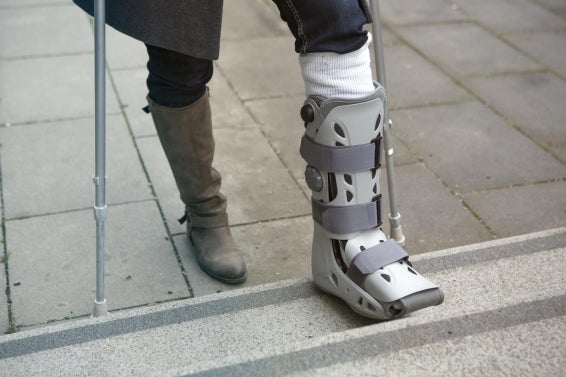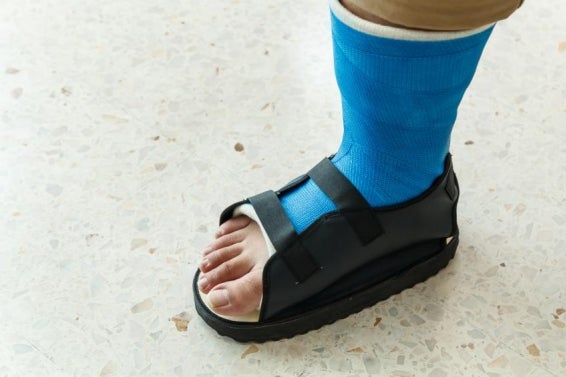View Providers

Common Ankle Ailments
When your ankle is stiff and sore, an injury to your ankle is a common cause. So is having overused the joint while exercising. However, health conditions that affect your whole body can be the source of ankle pain, too. Here are some of the most common ankle ailments and how to manage them.
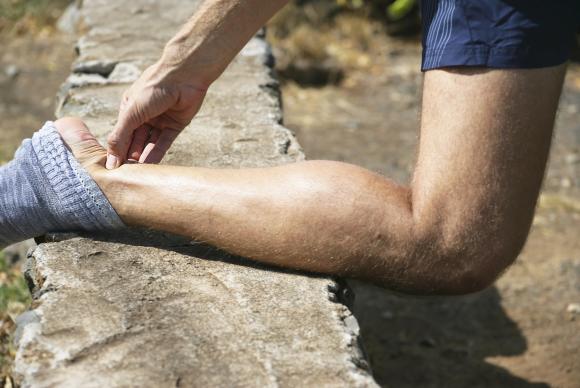
1. Achilles Tendinitis
The Achilles tendon is the thick band of tissue that covers your heel bone and runs up to your calf. Tendinitis occurs when this tendon gets inflamed. Runners often develop it. It's a very common cause of ankle pain, though it can also cause pain in your foot. The ankle usually feels stiff, especially just after you get up in the morning. Sometimes the tendon can tear, causing severe pain. Ice, medication (like pain relievers) and resting your ankle help ease pain. Special stretching exercises may help, too. So can shoe inserts or a wrap or brace to stabilize your ankle.

2. Ankle Sprains and Fractures
Sprains are a common ankle injury. They happen when the ligaments supporting the ankle stretch too far. A fracture in a bone in your ankle can also cause ankle pain. Both types of injuries can create a big bruise on your ankle. They also cause pain and swelling. An X-ray can help your doctor determine if you have a sprain or a broken ankle. Treatments include a cast for a fracture or a bandage for a sprain. Ice, rest and propping up the ankle also may be helpful.

3. Osteoarthritis
Wearing away of cartilage can cause osteoarthritis in any joint—including your ankle. Pain is a prime symptom. Others include stiffness and difficulty moving your ankle. This is often worse in the morning when you first get up. Your ankle may swell, turn red, and feel warm to the touch. Sometimes an ankle injury is to blame for the cartilage damage. That's called post-traumatic arthritis. Symptoms of arthritis and post-traumatic arthritis are the same. Treatment may include reducing strain on the ankle, wearing a brace, doing physical therapy and taking medicine to reduce inflammation.

4. Rheumatoid Arthritis
Rheumatoid arthritis causes pain, swelling, stiffness and difficulty moving a joint. It's an autoimmune disease that occurs when your immune system misfires and attacks a special type of tissue that lines the ankle and other joints. This causes inflammation. The ankle is one of the joints affected most often. What helps? Losing weight, avoiding high-impact exercises (such as running), resting your ankle, wearing a brace, getting physical therapy, and taking medicine to lower inflammation. You may need to see a special joint doctor, a rheumatologist, to treat your rheumatoid arthritis.
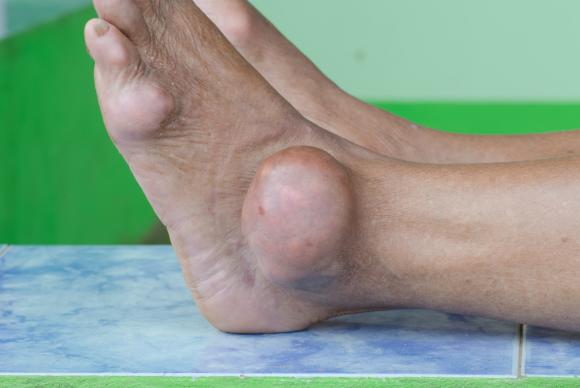
5. Gout
Gout is another form of arthritis. It develops when uric acid forms crystals and builds up in your joints. Pseudogout occurs when a type of salt builds up and forms crystals in your joints. The first sign of gout is often pain in a big toe. But, it's a common cause of ankle pain as well. The pain is severe but comes and goes. Over time, it may cause bumps under the skin around your ankle. There are many medications to treat gout. Resting, icing and propping up your ankle can also help.

6. Psoriatic Arthritis
Psoriatic arthritis is a type of arthritis that's common in people who have psoriasis, which causes inflammation throughout the body and symptoms on the skin. Psoriasis usually (but not always) happens first, and then psoriatic arthritis develops. Psoriatic arthritis often affects the ankle. Your ankle can swell and be painful and stiff. Sometimes your toes also get very swollen. Several types of medications can help ease psoriatic arthritis.
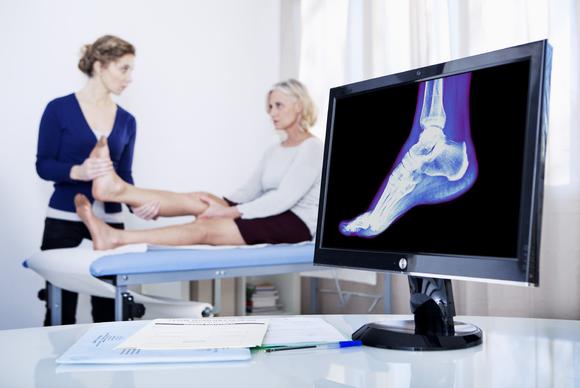
7. Lupus
Lupus is an autoimmune disease. It causes inflammation throughout the body. It attacks your organs as well as your joints. Lupus can sometimes affect the ankles and cause ankle pain. If you have lupus with ankle pain and swelling, that could mean lupus is affecting your kidneys. There are many medications available to help manage lupus and control ankle pain. You will also likely see a rheumatologist if lupus is causing your ankle pain.


